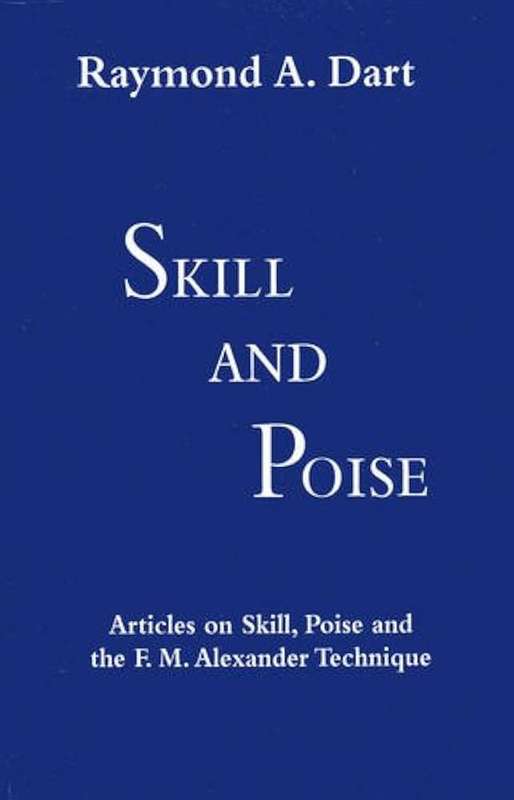
Skill and Poise: Articles of Skill, Poise and the F. M. Alexander Technique by Raymond A. Dart
Check my rate
| Main centres: | 1-3 business days |
| Regional areas: | 3-4 business days |
| Remote areas: | 3-5 business days |

| Main centres: | 1-3 business days |
| Regional areas: | 3-4 business days |
| Remote areas: | 3-5 business days |
Published by STAT books, the books division of The Society of Teachers of the Alexander Technique, 1996, hardcover, illustrated, 16.2 cms x 24.2 cms x 1.7 cms, condition: as new.
These articles By Raymond Dart explore the intrinsic link which exists between skill and pose. They show the delicate erect balance of the human being is of paramount importance for success by learning, for the acquisition and successful exercise of skill and for the individual's potential and well-being.
Raymond Dart was an Australian-born South African anatomist and anthropologist who became Professor of Anatomy in Johannesburg in 1923. He achieved international fame as an anthropologist with his discovery of a branch of the human family, Australopithecus africanus, in 1925. It was the first early human fossil found in Africa, and it helped to shift the focus to Africa as the birthplace of mankind.
Having lessons in the Technique in 1943 led Dart to the study of the embryological and neurological origin of the erect posture and the importance of poise for learning. Dart experimented with a series of developmental movements, both for himself and for his son who had had suffered motor damage during birth in 1941. The series of movements became later known as the Dart procedures. The consideration of upright posture, poise, and body symmetry inspired him to write several articles in which the Alexander Technique is mentioned: The Postural Aspect of Malocclusion (1946), The Attainment of Poise (1947 and Voluntary Musculature of the Human Body: The DoubleSpiral Arrangement (1950). In 1970 he gave the F. M. Alexander Memorial Lecture, An Anatomists Tribute to F. Matthias Alexander . These and other articles are in this collection of Darts on or related to the Alexander Technique and published as Skill and Poise.